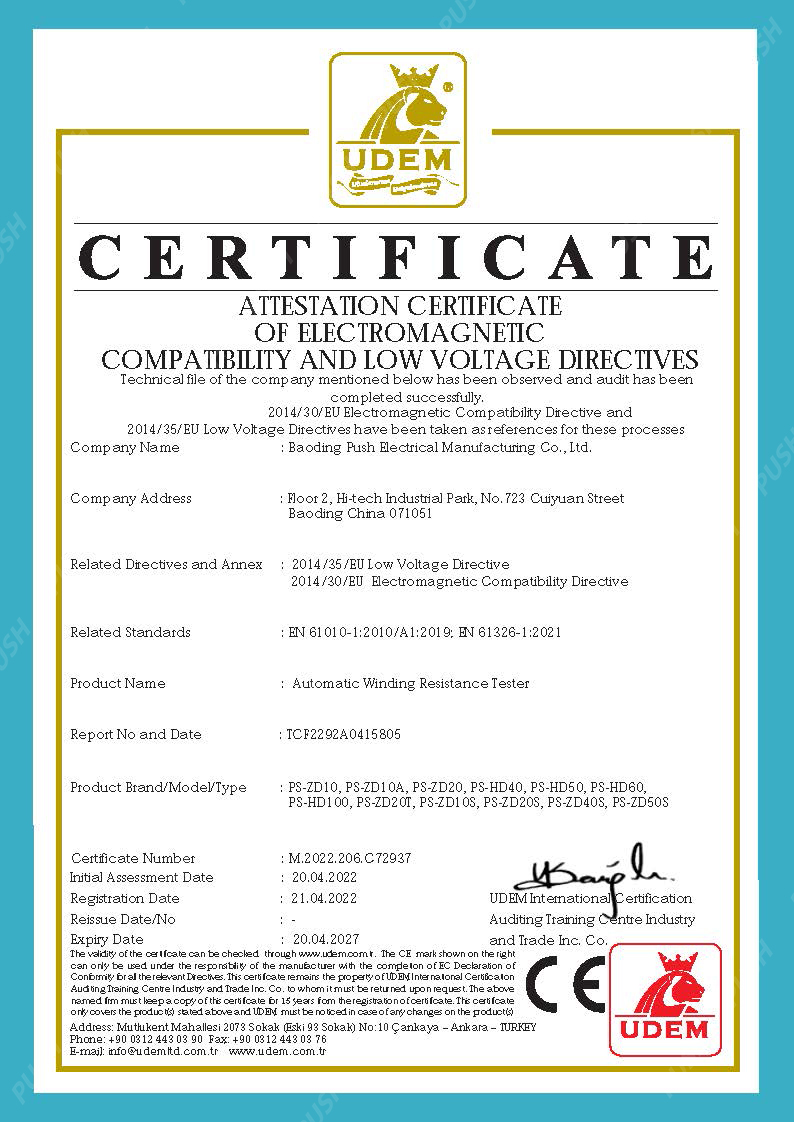 English
English



-
 Afrikaans
Afrikaans -
 Albanian
Albanian -
 Amharic
Amharic -
 Arabic
Arabic -
 Armenian
Armenian -
 Azerbaijani
Azerbaijani -
 Basque
Basque -
 Belarusian
Belarusian -
 Bengali
Bengali -
 Bosnian
Bosnian -
 Bulgarian
Bulgarian -
 Catalan
Catalan -
 Cebuano
Cebuano -
 China
China -
 China (Taiwan)
China (Taiwan) -
 Corsican
Corsican -
 Croatian
Croatian -
 Czech
Czech -
 Danish
Danish -
 Dutch
Dutch -
 English
English -
 Esperanto
Esperanto -
 Estonian
Estonian -
 Finnish
Finnish -
 French
French -
 Frisian
Frisian -
 Galician
Galician -
 Georgian
Georgian -
 German
German -
 Greek
Greek -
 Gujarati
Gujarati -
 Haitian Creole
Haitian Creole -
 hausa
hausa -
 hawaiian
hawaiian -
 Hebrew
Hebrew -
 Hindi
Hindi -
 Miao
Miao -
 Hungarian
Hungarian -
 Icelandic
Icelandic -
 igbo
igbo -
 Indonesian
Indonesian -
 irish
irish -
 Italian
Italian -
 Japanese
Japanese -
 Javanese
Javanese -
 Kannada
Kannada -
 kazakh
kazakh -
 Khmer
Khmer -
 Rwandese
Rwandese -
 Korean
Korean -
 Kurdish
Kurdish -
 Kyrgyz
Kyrgyz -
 Lao
Lao -
 Latin
Latin -
 Latvian
Latvian -
 Lithuanian
Lithuanian -
 Luxembourgish
Luxembourgish -
 Macedonian
Macedonian -
 Malgashi
Malgashi -
 Malay
Malay -
 Malayalam
Malayalam -
 Maltese
Maltese -
 Maori
Maori -
 Marathi
Marathi -
 Mongolian
Mongolian -
 Myanmar
Myanmar -
 Nepali
Nepali -
 Norwegian
Norwegian -
 Norwegian
Norwegian -
 Occitan
Occitan -
 Pashto
Pashto -
 Persian
Persian -
 Polish
Polish -
 Portuguese
Portuguese -
 Punjabi
Punjabi -
 Romanian
Romanian -
 Russian
Russian -
 Samoan
Samoan -
 Scottish Gaelic
Scottish Gaelic -
 Serbian
Serbian -
 Sesotho
Sesotho -
 Shona
Shona -
 Sindhi
Sindhi -
 Sinhala
Sinhala -
 Slovak
Slovak -
 Slovenian
Slovenian -
 Somali
Somali -
 Spanish
Spanish -
 Sundanese
Sundanese -
 Swahili
Swahili -
 Swedish
Swedish -
 Tagalog
Tagalog -
 Tajik
Tajik -
 Tamil
Tamil -
 Tatar
Tatar -
 Telugu
Telugu -
 Thai
Thai -
 Turkish
Turkish -
 Turkmen
Turkmen -
 Ukrainian
Ukrainian -
 Urdu
Urdu -
 Uighur
Uighur -
 Uzbek
Uzbek -
 Vietnamese
Vietnamese -
 Welsh
Welsh -
 Bantu
Bantu -
 Yiddish
Yiddish -
 Yoruba
Yoruba -
 Zulu
Zulu
insulation resistance test in transformer
Insulation Resistance Test in Transformers
Transformers are essential components in electrical power systems, facilitating the transfer of electrical energy between circuits through electromagnetic induction. Given their critical role, maintaining their operational integrity is paramount. One vital aspect of transformers’ maintenance is the insulation resistance test, which assesses the quality and effectiveness of the insulation materials used in these devices.
The insulation resistance test is designed to measure the resistance provided by the insulating materials that separate electrical conductors. Generally performed on the windings of transformers, this test helps to identify potential insulation failures before they can lead to catastrophic failures or outages. The integrity of insulation is crucial, as it prevents short circuits and electrical leakage, which can lead to equipment damage, fire hazards, or even loss of life.
During the insulation resistance test, a meggar (insulation resistance tester) is typically used. This device generates a high DC voltage and applies it across the insulation. The resulting current flow is measured, allowing the tester to calculate the insulation resistance in megohms (MΩ). A high resistance value indicates good insulation quality, while a low resistance value can suggest deterioration or damage.
The testing process can be performed on various parts of the transformer, including the primary and secondary windings, bushings, and core. It is recommended to conduct insulation resistance tests regularly, as part of a comprehensive maintenance program. The IEEE (Institute of Electrical and Electronics Engineers) recommends that transformers be tested anually, although more frequent testing may be necessary for critical applications or if the transformer is subject to harsh environmental conditions.
insulation resistance test in transformer

Several factors can influence insulation resistance readings. Temperature and humidity are two critical environmental variables. For instance, insulation resistance can decrease under high humidity conditions, potentially leading to misinterpretation of insulation quality. Moreover, high temperatures can degrade insulation materials, causing a drop in resistance values. Therefore, tests should be conducted under controlled conditions to obtain accurate results.
When interpreting insulation resistance test results, it is important to establish baseline values through historical data from previous tests. A trend of declining resistance over time can be more alarming than a single low measurement. If a significant reduction in resistance is identified, further diagnosis may be required, potentially involving more in-depth testing such as capacitance measurements or time domain reflectometry.
Another essential aspect of insulation resistance testing is safety. Since transformers operate at high voltages, proper safety precautions must be taken. Technicians should ensure that the transformer is de-energized before conducting any tests and follow lockout/tagout procedures to prevent accidental energization.
In conclusion, insulation resistance testing is a critical procedure in the maintenance and operation of transformers. Regular testing not only helps in ensuring the reliability and longevity of the equipment but also upholds safety standards within electrical systems. By proactively identifying insulation issues, operators can mitigate risks and ensure the continued efficiency of power distribution networks. Given the increasing demands on modern electrical systems, the importance of such tests cannot be overstated, making them an integral part of transformer management.
-
Testing Equipment Industry Sees Major Advancements in 2025: Smart & Precision Technologies Lead the WayNewsJun.06,2025
-
Applications of Direct Current Generators in Renewable Energy SystemsNewsJun.05,2025
-
Hipot Tester Calibration and Accuracy GuidelinesNewsJun.05,2025
-
Digital Circuit Breaker Analyzer Features and BenefitsNewsJun.05,2025
-
Benefits of Real-Time Power Quality Monitoring Devices for Industrial EfficiencyNewsJun.05,2025
-
Earth Fault Loop Testing in High-Rise Building Electrical SystemsNewsJun.05,2025



